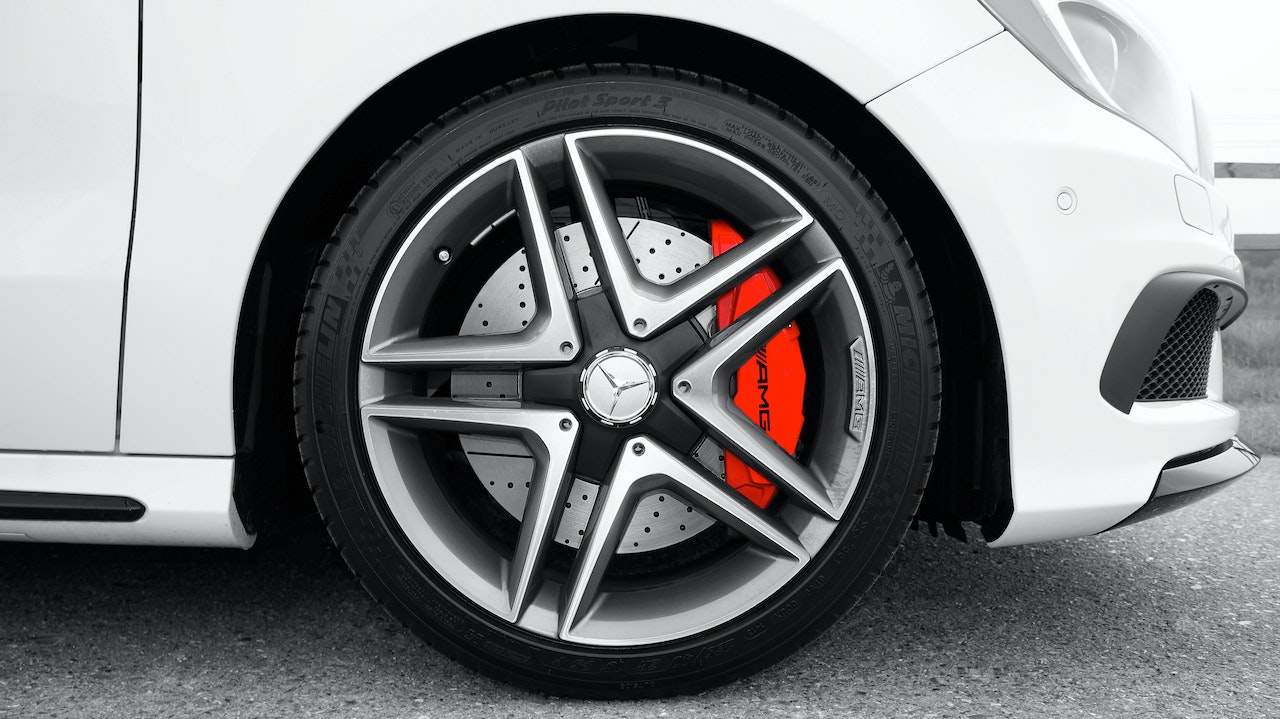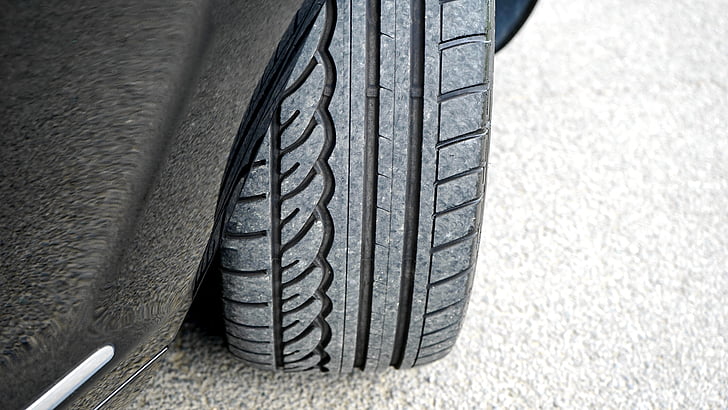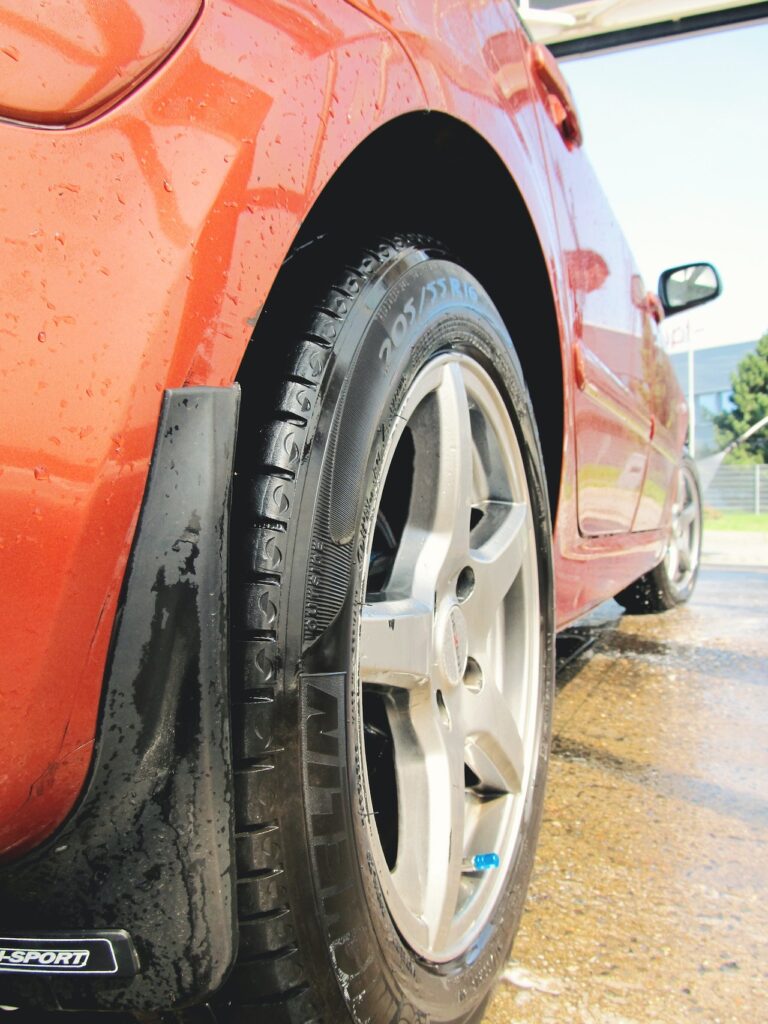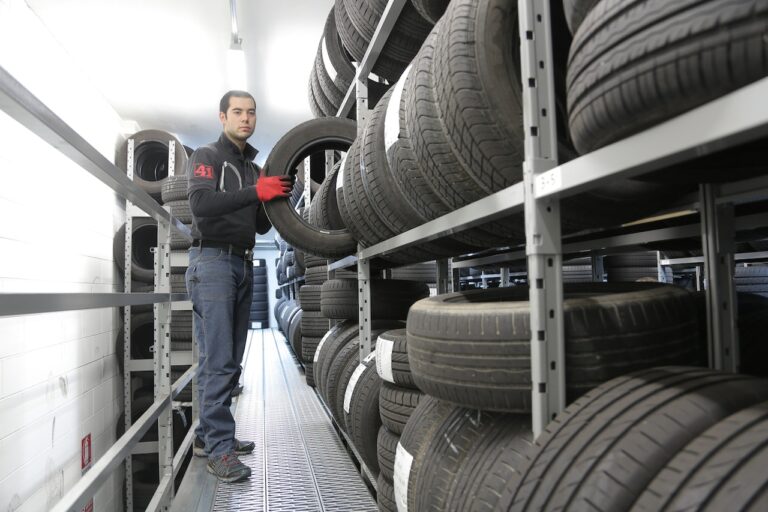Tire Wear Inside and Outside Edge: Cause & Fix

When it comes to maintaining your vehicle’s tires, it’s important to keep an eye on wear patterns, especially on the inside and outside edges of the tire. Uneven tire wear can indicate a problem with your vehicle’s alignment or suspension and can lead to premature tire failure and reduced handling performance.
Also Read – Calculate Tire Size Mileage Calculator
Why is my Tire Wear Inside and Outside?

Tire wear on the inside and outside edge typically indicates that the tire is underinflated or that there is a problem with the vehicle’s alignment. The inside edge of a tire tends to wear down more quickly than the remainder of the tire when it is underinflated because it tends to stretch outward.
Because the tires are out of alignment with the car’s steering and suspension parts, a misaligned vehicle can also result in uneven tire wear.
Also Read: Directional or Non-Directional Tires: How to Tell the Difference
How do I stop my tires from wearing unevenly?
The best way to prevent uneven tire wear is to check the pressure in your tires monthly, periodically have your wheels aligned and visually inspect your tires regularly. Learn more about quality steering and suspension parts, find your car part, or find where to buy your auto part today.
Reference – https://www.moogparts.com/parts-matter/why-are-my-tires-wearing-unevenly.html
Tire Wear Inside and Outside Edge Can be Fixed?
No, you can’t fix uneven tire wear once it has occurred. Wear comes from the stripping away of the rubber of the tire itself, and that can’t be replaced. If you notice uneven wear, you can take steps to prevent it from getting worse. But if it’s severe enough you’ll need to replace the tire.
Ref – https://boyceautorepair.com/how-to-limit-uneven-tire-wear/
Should I change uneven tire wear?
Yes, You need to change your tires when you noticed uneven wear. To check for wear patterns on the inside and outside edges of your tires, it’s also important to keep an eye on overall tire wear. Tires should be replaced when the tread depth reaches 2/32 of an inch or less, or when there are signs of damage or uneven wear.

![is it safe to drive on a plugged tire? [Expert Answer]](https://tiretalks.com/wp-content/uploads/2023/04/FaXa2N0XwAEuLze-768x576.jpg)

![Gemini vs. induction Wheels: Which is Better? [Detailed Guide]](https://tiretalks.com/wp-content/uploads/2023/09/49753146901_dbff56238a_b-1-768x512.jpg)

